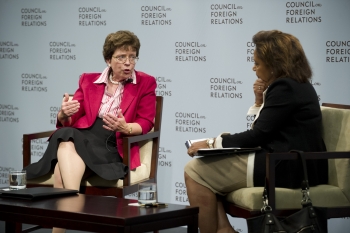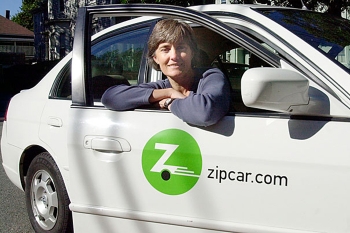Acting Secretary Blank Speaks With Council of Foreign Relations on Increasing the Level of Business Investment in the U.S.
This afternoon, Acting U.S. Commerce Secretary Rebecca Blank spoke before the Council on Foreign Relations about the Obama administration's initiatives to help businesses expand their investment in the United States and bring jobs back home. The Commerce Department works to attract investment across all sectors, but in her remarks Blank focused on manufacturing because that sector has added more than half-a-million new jobs since 2009, compared to the previous decade in which six million manufacturing jobs were lost. In addition after decades of watching American companies take jobs to other countries, more and more manufacturers are making the decision to keep factories and production facilities here in the United States and are bringing jobs back to the U.S. from overseas through insourcing.
Blank mentioned that the renewal of the manufacturing sector is driven by America’s quality infrastructure, skilled labor, and advanced research and innovation that are critical for manufacturers to thrive. Business leaders list a number of reasons why the U.S. looks so attractive to them right now, including the fact that domestic energy production is lowering the cost of oil and natural gas needed in manufacturing. A second reason for investing in the U.S. is a competitive edge in labor productivity. America’s manufacturing workers now produce about nine percent more each hour than they did in 2008.
Blank noted that the list of reasons that CEOs give for investing here is longer still. America has a strong rule of law and a good regulatory environment. Additionally, the U.S. has the strongest level of intellectual property protection–and our patent system is only getting better due to the 2011 passage and implementation of the America Invents Act. America has the best universities in the world, producing graduates that drive entrepreneurship and feed innovation into our private sector.










